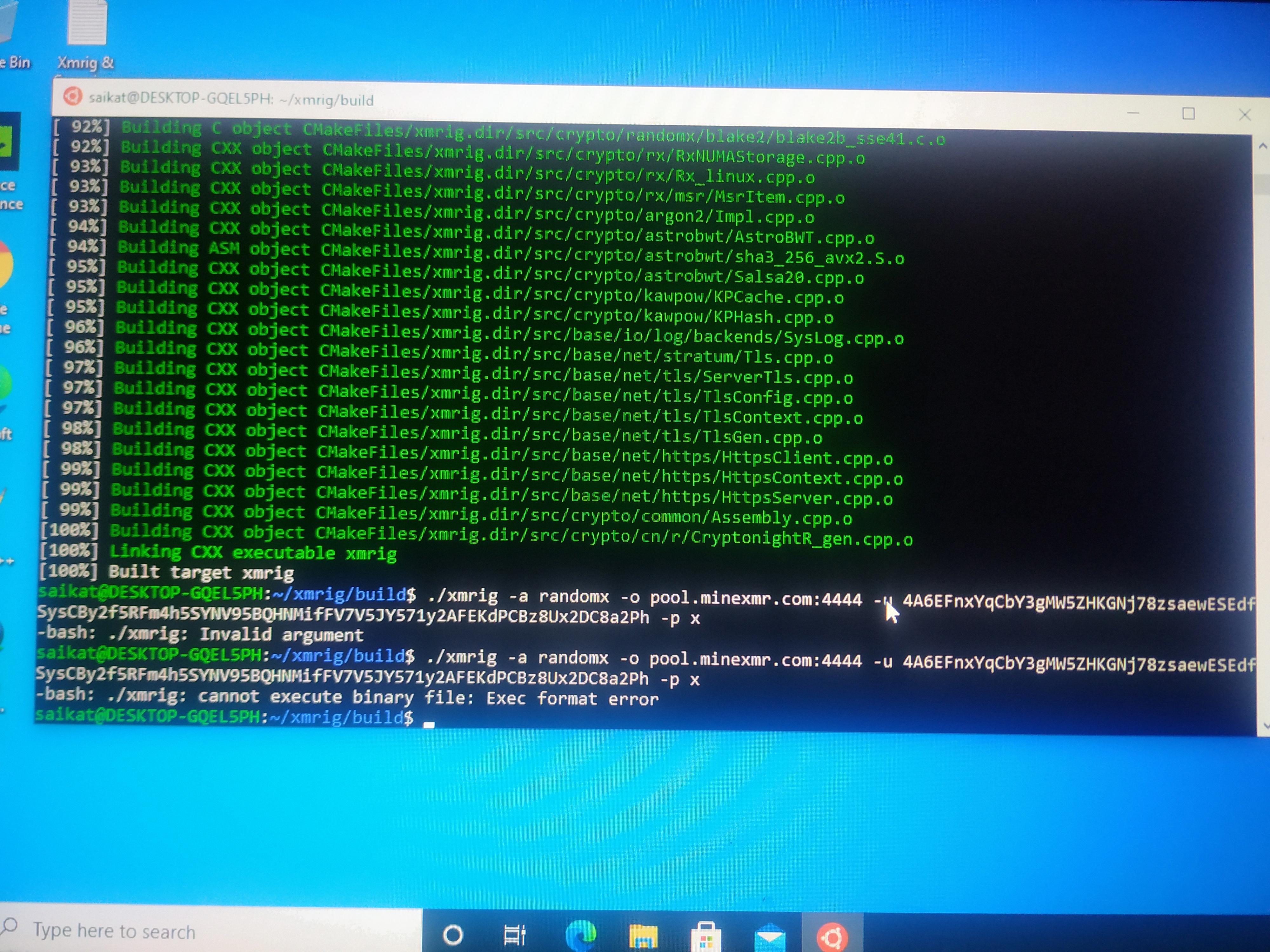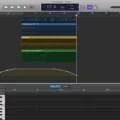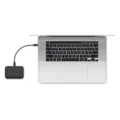Exploring files on Mac is not as complicated as some may think. Apple computers are known for their user-friendly operating system, and that includes exploring the folders and files stored on your machine. With just a few clicks, you can easily access all of your documents, photos, music, videos and more.
While it’s easy to get started, it’s important to understand the nuances of file exploration on Mac so you can stay organized and make the most of your device’s storage capabilities. Here’s a quick guide to help you get started.
First off, let’s talk about accessing your files. To explore your Mac’s files, you’ll need to open Finder from the Dock (where all of your apps live). Once you open Finder, you’ll be able to browse through the locations and folders stored in your machine. This includes any external drives or cloud storage services connected to your Mac. You’ll also be able to view hidden files if needed – simply press Command+Shift+Dot while in Finder and they will become visible.
Next up is organizing your files. On a Mac, there are two main ways that you can organize your files – by details or icons. In detail view, each file will have its own line which will show properties such as size and date modified; this is great for quickly finding what you need without needing to click into each folder individually. Icons view is best used if you prefer a more visual approach – each folder or file will be represented with an icon so it’s easier to recognize what’s inside without opening them up one by one.
Finally, once you’re done exploring (or organizing) your files on Mac, don’t forget that you can also copy them onto an external drive for added security or convenience! All you need to do is drag-and-drop the folders or documents that you want onto the drive icon located on the side of your desktop – no fuss needed!
Whether it’s finding a document quickly or backing up important data onto an external drive, exploring (and organizing) files on Mac doesn’t have to be difficult task! Hopefully this quick guide has helped demystify the process so that managing all of tose documents can now be a breeze!
Finding Explorer on Mac
Explorer is not availabe on Mac. However, you can access websites that are designed for Internet Explorer and Microsoft Edge by using the Develop menu in Safari’s menu bar. To do this, go to the Develop menu, select User Agent, and then choose from the list of available browsers – including Microsoft Edge or any of the Internet Explorer versions. You can also select Google Chrome, Firefox, or any other browser if you wish.
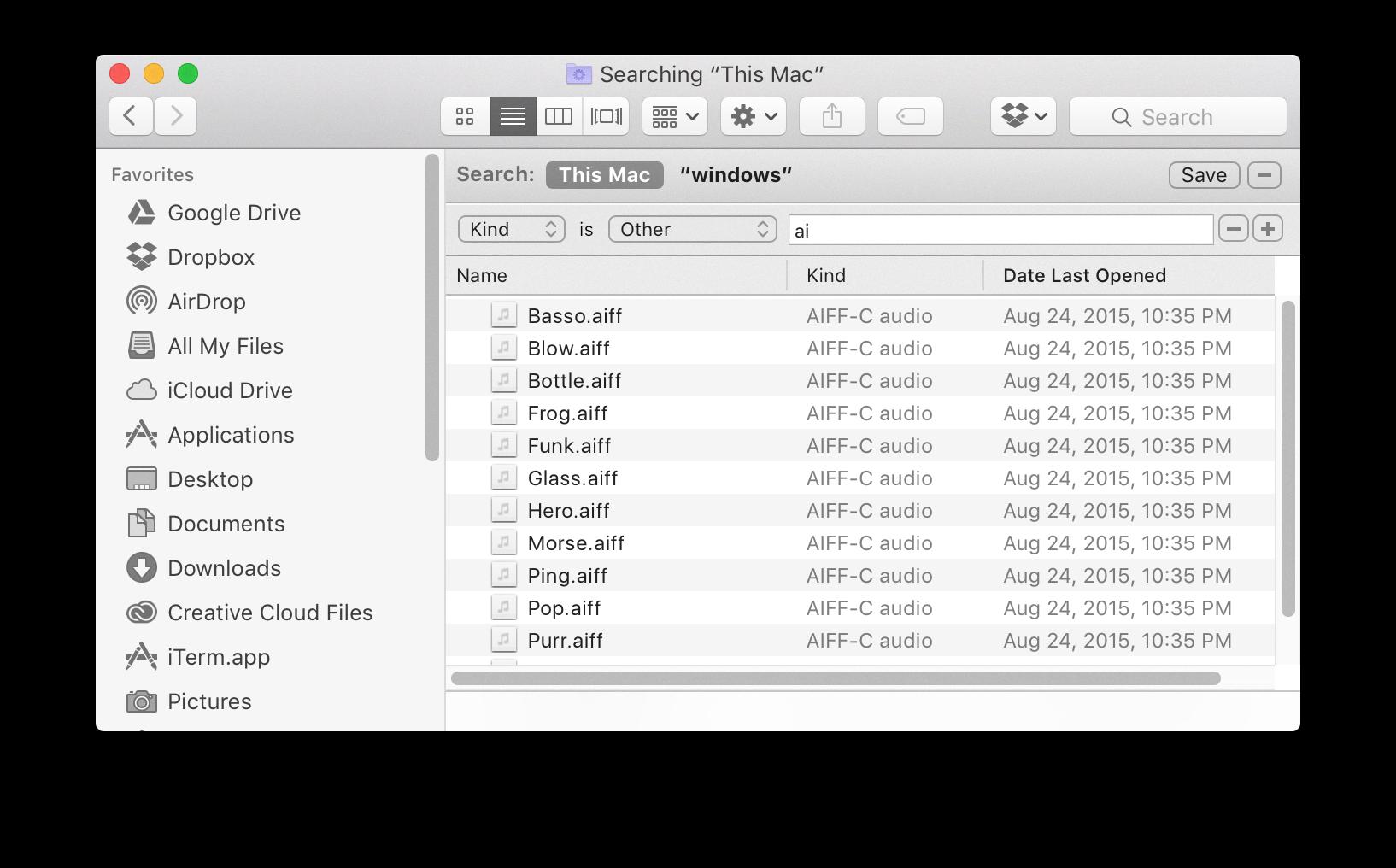
Source: apple.stackexchange.com
Does Mac Have an Equivalent to File Explorer?
Answer: Yes, Mac has smething similar to File Explorer. It’s called Finder, and it’s part of the macOS operating system. Finder allows you to access and organize your files, folders, and other items on your Mac’s hard drive or any connected external drives. You can use it to view files, copy them to a flash drive or other external device, delete them, create new folders, search for specific items, and more.
Browsing Files and Folders on Mac
To browse files and folders on Mac, you’ll need to open the Finder application. This can be found in the Dock at the bottom of your screen, or throgh the Applications folder in the left-hand sidebar of your desktop. Once open, you can use the left-hand sidebar to navigate through different locations, folders, and files. You can also open a new Finder window by pressing Command+N. In this window, you can view any folder on your Mac and its contents by double-clicking it. Additionally, if you are having trouble finding a specific file or folder, you can use the search bar at the top of your Finder window to quickly locate it.
Viewing All Files on a Mac
To view all files on a Mac, you can use Finder, the file browser included with your Mac. To begin, open up Finder and click the ‘Go’ menu at the top of the screen. From this menu, select ‘Go to Folder…’ and enter ‘/’. This will take you to the root directory of your Mac’s file system. Here, you can view all of your system files and folders. You may notice some are hidden; to view them as well, press Command+Shift+Period while in this folder. All hidden files and folders will then appear alngside regular files and folders.
Using Explorer on Mac
The best way to use Internet Explorer on a Mac is to install Windows on your Mac by using a Virtual Machine. This will allow you to run macOS and Windows at the same time, so you can access Internet Explorer wthin Windows.
To set up a virtual machine, you’ll need to install an application such as Parallels Desktop or VMware Fusion on your Mac. Once installed, you can then download and install Windows onto the virtual machine. After that, you’ll be able to access Internet Explorer through the virtual machine.
It’s important to note that while this method alows you to use Internet Explorer on a Mac, it’s not ideal for performance or security reasons. For these reasons, it’s recommended that you use an alternative browser such as Safari or Chrome instead of using Internet Explorer.
Exploring the File Manager in MacOS
The file manager in macOS is called the Finder. The Finder is a powerful tool that allows users to quickly and easily access and manage their files. It provides a convenient way to navigate around the filesystem, create new folders, organize your documents, and more. With its simple graphical user interface, the Finder makes it easy to locate and open files stored on your Mac or connected devices. Additionally, with Spotlight search feature you can quickly search for any file on your computer without having to manually search through folder after folder.
Making Mac Finder More Like Windows
If you want your Mac Finder to be more like Windows, there are a few steps you can take. First, open Finder and click on Preferences in the menu bar. Next, select the Advanced tab and look for the “Keep folders on top” section. Tick the checkbox labeled “In windows when sorting by name” and if you want folders on your desktop to automatically come above files too, tick the On Desktop checkbox. This will make sure that folders will alwas appear before files when sorting by name in Finder, just like they do in Windows.
Organizing Files on a Mac
Organizing files on a Mac is easy! You can either use the Finder application to browse through your files, or you can organize them directly on the desktop. To do this, simply click the desktop, choose View > Sort By, and then select an option. If you want to control the placement of your files on the desktop, keep Sort By set to none. You can still arrange files neatly when desired—just click the desktop, choose View > Clean Up By, and then choose how you’d like to arrange the files. For example, you could opt to align icons in a grid pattern or have them stacked neatly into groups of four. Additionally, you can drag and drop individual icons around your desktop to customize teir placement even further.
Browsing Files
Browsing files is easy and convenient with Windows File Explorer! To get started, open the File Explorer app by pressing the Windows key + E on your keyboard. This will open up a window with a path bar at the top that allows you to navigate to different folders on your system. You can also view recent files and folders as well as frequently used folders in the left side panel.
To navigate to a new folder, simply click on its name in the path bar or double-click it from the file list below it. If you need to move up one level in the directory hierarchy, click the ‘Up’ button at the top of File Explorer or press Alt+Up arrow on your keyboard.
You can also use the search bar at the top of File Explorer to quickly find a file or folder by typing its name into it. As you type, only files and folders that match your search query are displayed in the list below.
Right-clicking any folder in File Explorer will give you access to various options such as opening it in a new tab or window, accessing its properties, and more.
With these simple steps, you can easily browse though your system’s files and manage them efficiently!
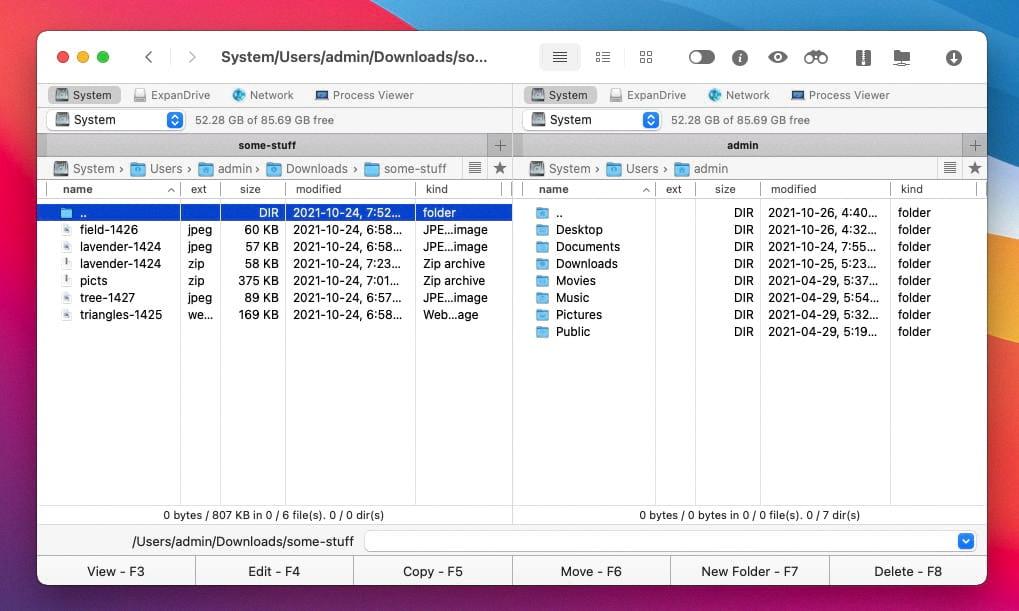
Source: macgasm.net
Accessing Files App on Mac
To access the Files app on Mac, you frst need to open the Finder application. To do this, click on the Finder icon in your Mac’s dock. Once you’ve opened the Finder window, click on the Go menu at the top of the screen and select ‘Applications.’ From there, you will find an icon for the Files app in your Applications folder. Select it and click to open it. The Files app window will now appear, allowing you to browse your files, folders and drives.
Viewing Files on Mac Computers
It’s possile that the files you’re looking for are hidden, or you may have accidentally changed your Finder search settings. To check these settings, open Finder and go to Preferences > Advanced. Make sure the box for “Show all filename extensions” is checked, as well as any other options related to showing hidden files. If this doesn’t help, try relaunching Finder and checking again. If the files are still missing, they may have been moved elsewhere on your Mac or deleted altogether.
Viewing All Files on a Computer
To view all the files on your computer, open File Explorer from the taskbar or right-click on the Start menu and choose File Explorer. Then select This PC from the left pane. This will show you all of the drives and devices connected to your computer, including external hard drives, USB drives and any other connected storage. From here, you can browse through all of your files, folders and directories. You can also use the search bar to quickly find what you’re looking for.
Unable to Access Files on Mac
It is possible that you do not have the correct permissions to access the files on your Mac. The administrator of your Mac or network may have set up certain restrictions that are preventing you from accessing the files. You may need to ask the administrator for permission to access these files. Another possibility is that the file is corrupted and needs to be repaired or replaced. In this case, you should contact Apple Support or an IT professional for assistance.
Conclusion
In conclusion, exploring files on Mac can be a simple and straightforward experience with the help of the Finder application. Through Finder, users can view all of their documents, folders, and files easily from the left-hand sidebar. Additionally, users can even view hidden files by pressing Command+Shift+Dot within Finder to make them visible. With Finder’s user-friendly interface and easy navigational tools, users can quickly explore their Mac’s files with ease.




